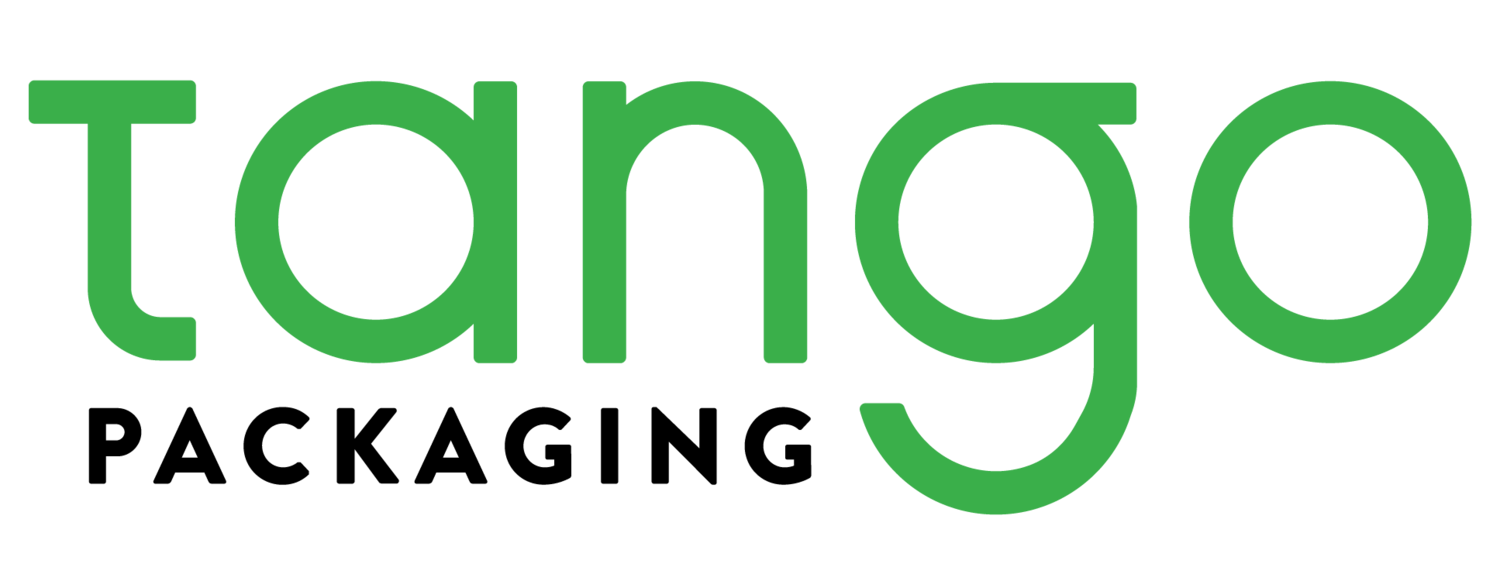Chobani’s 2017 Rebranding Was a Success For One Key Reason: Differentiation
The Case Study of the Century
We doubt that any consumer who grocery shops regularly, or, for that matter, any consumer who has been near a grocery store within the last few years, would be a stranger to the name Chobani.
Chobani has been dominating the yogurt game for several years now, so why would they decide to completely revamp their brand? They changed just about everything about their labels during this rebranding event, from logo font and coloring to the texture of their labels.
Such a dramatic change might seem to risk the loss of sales and consumer loyalty, which wouldn’t be wise for a brand that was already dominating 40% of the market, but in fact, Chobani’s rebranding was a great decision. Why?
Because they spotted a problem looming on the horizon.
Chobani’s Looming Problem
While Chobani was sitting cozy at the top of the food chain, they managed to maintain a very impressive mindset: never be comfortable.
Competitors were watching Chobani, mimicking their strategy in an attempt to grow as quickly as they did. Chobani recognized that while their competitors were steadily growing, their own products would slowly begin to blend in with the sea of other yogurts and dairy products if they didn’t do something quickly.
At the time, Chobani was utilizing a glossy finish sleeve with bright colors and “picture-perfect” fruit designs. This had been working great for Chobani, as many consumers were drawn to the Greek yogurt product that promised delicious flavors and healthy benefits, but the glossy and bright sleeves started showing up on competitors’ containers as well.
Whereas before, Chobani would be the first product you’d see on a shelf, it was now starting to blend in with all of the other “copycats.” With so many similar-looking choices, Chobani was losing its edge. They knew that something was going to have to change if they wanted to continue to dominate this industry.
Chobani’s Brilliant Solution
Chobani solved this problem with one key solution: differentiation.
Recognizing that their product was beginning to blend in with competitors, Chobani began to brainstorm branding designs that would cause consumers to notice their product before others.
One way they did this was strategically switching from a glossy finish to a matte finish sleeve.
A majority of dairy products were beginning to use glossy finish sleeves with bright colors and textures, just like Chobani’s. While this was originally working well for Chobani, the increased number of competitors using the exact same branding strategy presented problems.
No one else in the dairy industry was using a matte finish sleeve. Switching sleeve finishes was so unique, bold, and eye-catching that consumers were forced to notice Chobani before the others. And subsequently, these consumers also purchased Chobani before they purchased the others.
An added bonus of the matte finish sleeve is it’s easier-to-grip nature.
While the sleeve texture switch was important for differentiation, the actual design changes on the label played a huge role as well. Chobani’s big selling point is that it’s proud to be natural and minimally processed. The change in design was an attempt to communicate those ideals.
According to Shelfpackaging.com, Chobani’s Chief Creative Officer described the old design as having these picture-perfect fruits sitting front and center on the container. Those gave the wrong impression of plastic or fake. Replacing those images with hand-drawn, less-than-perfect fruit images gave off the impression of organic and real.
Likewise, Chobani also changed the font type and size to feel softer and sweeter, further differentiating them from these other competitors' brand vibes.
A lot of things were changed by Chobani during this major rebrand, but the most important thing to note is that the goal through all of this was differentiation. Differentiation was achieved, and while Chobani chooses to not disclose the specific finances of the brand, it’s reported by Statista.com that the company’s sales increased 12% from 2019 to 2020.
It's clear to see that the rebrand was successful as Chobani continues to lead in the yogurt department.
How This Applies To Other CPG Brands
If you’re a CPG company, you may be wondering the following question: how can I make this happen with my product?
Maybe you feel like you have a great product, but it’s being washed out by all the noise that is currently out there.
Here’s the good news: that’s where great packaging can step in to save the day.
Madeforprint.com emphasizes an interesting consumer purchasing habit. They state that consumers make their purchasing decisions in 7 seconds or less. And in those 7 seconds, the deciding factor is often the product’s packaging, specifically the product’s label. Creating a label that is bold, eye-catching, and--perhaps most importantly--different from your competitors will help consumers see you first and make that decision.
If your team needs help making your product stand out, that’s where we can help.
Our team of packaging consultants have spent the last 10 years studying and observing consumer trends. We can help you create a compelling label that is sure to increase sales and dominate in its market.
Step 1. Schedule a packaging consultation with one of our packaging experts. We will walk you through some of the best packaging solutions tailored toward your brand and your products.
Step 2. We’ll send you complimentary samples to test.
Step 3. We’ll provide you with a quote.
Schedule your complimentary consultation by filling out our contact form, emailing us at info@tangopackaging.com, or calling (844) 33-TANGO [82646].



